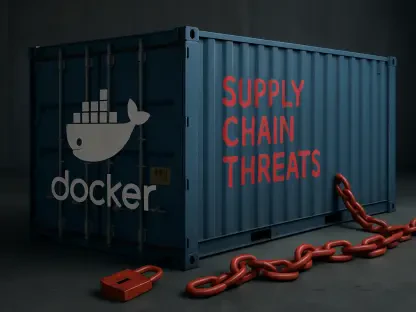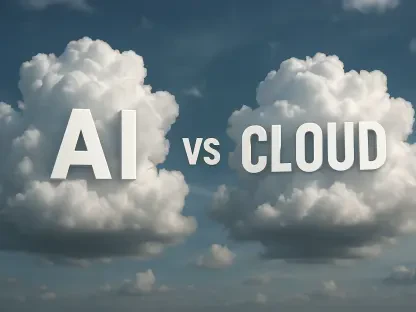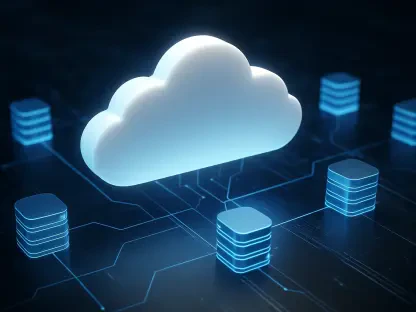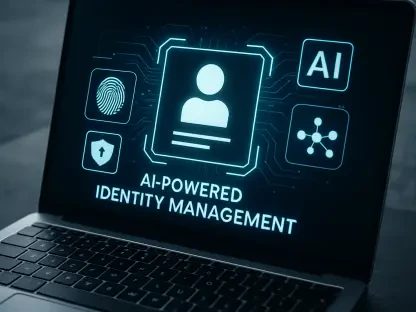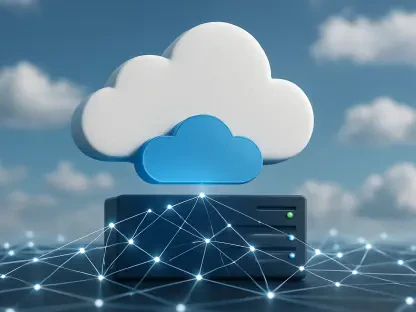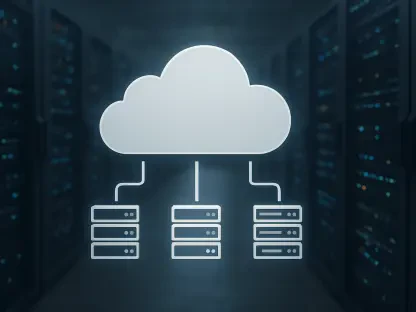If you want to deride the cloud industry, you only need to say this: “It’s not a world without a PC, it’s a world where you use someone else’s computer.” And while you would not be wrong, you may be underestimating the potential of this approach. By cloud, you can mean any application that does the “heavy lifting” of processing on a server that you have access to via an internet connection. In the last decade, cloud has proven its capability, boosted by technologies like 5G and AI. Let’s see what the future holds for cloud computing and why it could be said that this industry is in the middle of a perfect storm.
Serious Competition for Gaming PCs
One important aspect of cloud technology is cloud gaming, where Nvidia GeForce Now, Google Stadia and Microsoft’s xCloud are vying for market share. These services are natural developments in a digital gaming industry that already spans several decades. The main problem is that games have become increasingly resource-intensive—and often come with a high price tag. Just look at video card prices! This is where cloud technology came in with a solution.
But it’s not just the gaming industry. In fact, the number of areas where infrastructure will be driven by cloud computing is huge. Earlier this year, Microsoft and Bosch announced they will work together on a software dedicated to the automotive industry that would one day make cars completely autonomous with the help of cloud computing.
The timing is perfect for cloud computing, as 5G technology is also in full swing. With higher bandwidth and lower latency, wireless internet can extend functionality that previously depended on fixed internet or high-performance wireless routers. One estimate shows that the global 5G technology market is projected to reach $667.90 billion by 2026. On top of that, there’s Wi-Fi 6, 6E and its future developments. Basically, faster internet means smarter applications and the gradual elimination of limited scenarios.
The Stakes Are Higher than Ever for Software Creators
Experts estimate that, in 15 years, many companies will have moved most of their operations to the cloud, which would also lead to more productive ways of working. In addition to cloud computing, edge computing is another area expected to become a pillar for this transformation, thus giving end-users (whether corporate or otherwise) almost unlimited access to resources and computing power. Hardware won’t be a big issue, but the software will matter a lot. The focus will be on integrating these applications with each other and with the environment.
Even if we are currently talking about a market that seems to be dominated by large cloud service providers, the big interest in edge computing means that other players are joining the ride.
More and more platforms, libraries, and technologies in general, are being born open source because the business model is no longer to sell software but to provide services (and solutions). In a few years, some estimate that most software will be free, and we will pay subscriptions for content and processing power.
A Perfect Storm for Cloud Computing
An August 2020 estimate showed that, by 2025, the cloud computing industry will be worth more than $832 billion (up from more than $371 billion in 2020). To some extent, cloud computing has come to be confused with the internet itself. The internet provided the framework in which this concept of remote collaboration could develop, and is now in everyone’s lives in one form or another. Gaming is the most visible area and the most popular one, but Netflix and all other streaming platforms are also good examples, as is file backup, app stores, system updates, and even cybersecurity.
Arguably, we’re in a perfect storm today: resources for cloud services are more affordable, devices can access the internet at faster speeds than ever before, and the internet infrastructure itself has gotten better. In the last year, we have all seen firsthand the need for collaboration, communication, and remote working services. The next steps will be towards integrating and consolidating mixed reality technologies, real-time check (of… whatever), and machine learning and deep learning algorithms to make a little more sense of so much information.
I said at the beginning that you could describe the cloud as “using someone else’s computer.” Except it’s not just a “computer”—it’s one that’s tailored to your needs. Sounds pretty good, right?


